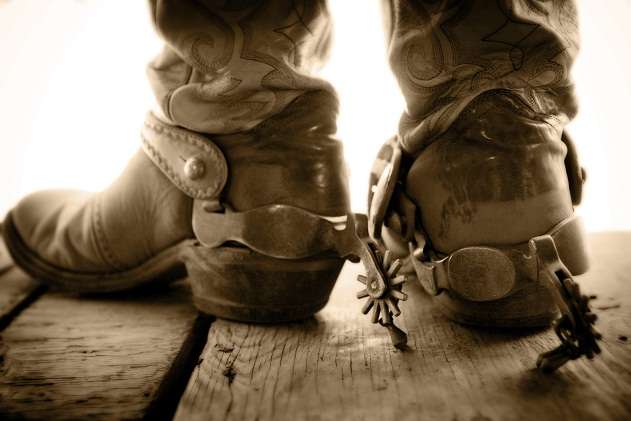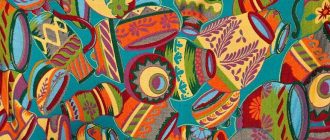Mexican antique spurs are heavy with large rowels and embellished with decorative designs and impressive patina. They depict the practical cum elegant accouterments of the Mexican vaquero. Read our guide for more facts and information…
The first spurs were probably made from bone and wood rendering the names ‘prick spurs’ or ‘prong spurs.’ Records show that metal spurs existed as early as the 2 BC and many have been discovered in Roman sites. Gradual evolution led to the creation of ball-and-spike style spurs and cone-shaped goads. The origin of rowels dates back to 10 AD and in the following centuries spurs were used to rank chivalry. A medieval knight was said to ‘earn his spurs’, and breaking his spur was a sign of disgrace to punish an offense. Knights wore gold or gilt spurs, while squires wore silver spurs.
Early Mexican spurs
Prick spurs were prevalent till the fourteenth century, after which rowels made their debut. The European exploration of America in the fifteenth century influenced the development of spurs in Latin America and Mexico. This led to decorative spurs with engravings, lengthy shanks and bigger rowels. Spur development in Spain was inspired by both the European rowels and the circular heel plates pertinent to Moorish style. The Spanish occupation of America and the arrival of the ‘Espuela Grande’ or ‘Grand Spur’ with the conquistadors introduced evolutionary designs in Western spur. Spur designs of the Spaniards and colonial Mexicans have a remarkable intricacy.
Mexican Vaquero Spurs Features
The Mexican charro or vaquero is antecedent to the United States cowboy. Right after the Spanish conquest, the occupation of livestock breeding developed with horses being imported from Europe. In the seventeenth century, indigenous Mexicans were given permits to ride horses using saddles and vaquero spurs. The charro’s costume reflects the union of Arabian and Spanish cultures with the indigenous American cultures. The vaquero spurs feature large rowels decorated with eye-catching designs in carved wood or overlaid with silver. The stirrups consist of embossed leather with ornate spade bits that are hand-forged with iron. The spur makers of California and Texas in the mid-nineteenth century used the Mexican Chihuahua based spur designs.
Collectible Value of Mexican Antique Spurs
Mexican antique spurs have unique characteristics with respect to the engraving patterns, the shank-to-band connection, riveting and other constructional features. For instance, contemporary spurs use welding to connect the shank and the band, whereas antique spurs were forged from a single piece of steel. Mexican spurs use unique techniques to inlay the silver by undercutting the steel and burnishing the silver for an even spread. The Mexican Chihuahua spurs and gaucho spurs are known for their popularity in Latin America. Western history aficionados and cowboy culture enthusiasts are avid collectors of these antique spurs. The traditional Mexican charro stirs up feelings of pride and many people treasure their possession of antique spurs.
South American vaqueros spread the spur designs to the northern regions, where different climatic conditions and terrains led to design variations in Western spurs. Groups like the TCAA (Traditional Cowboy Arts Association) promote contemporary spur-making with emphasis to superior quality and also focus on educating the makers and collectors to recognize quality construction.





